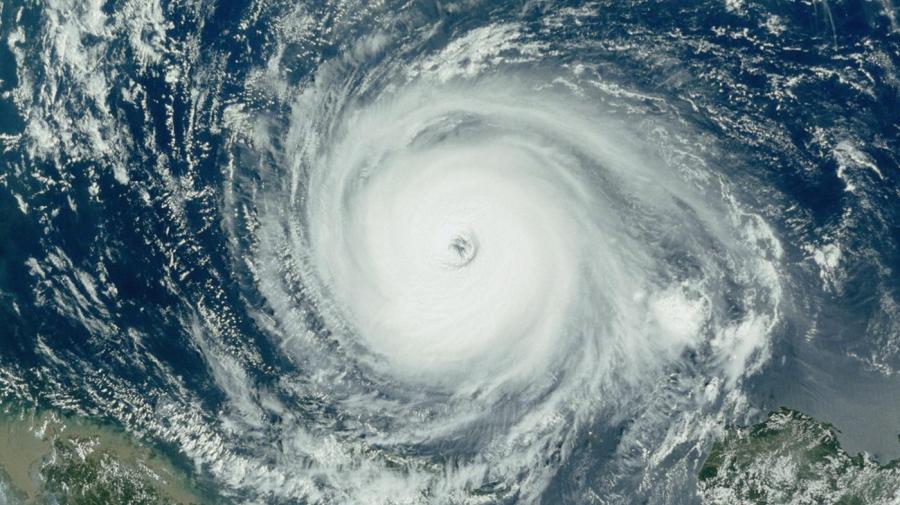How Does a Typhoon Form?

Typhoons form in the tropical oceans when areas of high pressure rush toward areas of low pressure, which creates wind. When the storm begins to rotate and organize around an “eye” of low pressure, it is well on its way to becoming a typhoon. Storms are categorized as typhoons when they reach wind speeds of 74 miles per hour.
The process begins when the surface of the ocean heats up. The higher temperatures and humidity levels over the ocean create disturbances in air pressure. When these disturbances strengthen, the wind begins to spiral toward a center of low pressure, drawing moisture to the center, which forms the eye. When the storm becomes organized, it develops into a tropical depression. Once wind speeds reach 39 miles per hour, it becomes a tropical storm.The eye of low pressure develops, and the storm begins to rotate and gain in strength. The storm becomes a typhoon when it reaches wind speeds of 74 miles per hour.
Storms that develop around North and Central America are known as hurricanes. Storms that develop in the Northwest Pacific are known as typhoons. The spiraling in the storm is caused by the Earth’s rotation, and because the winds curve, these storms cannot form on or near the equator. A storm must be at least 300 miles away from the equator to develop into a typhoon.





